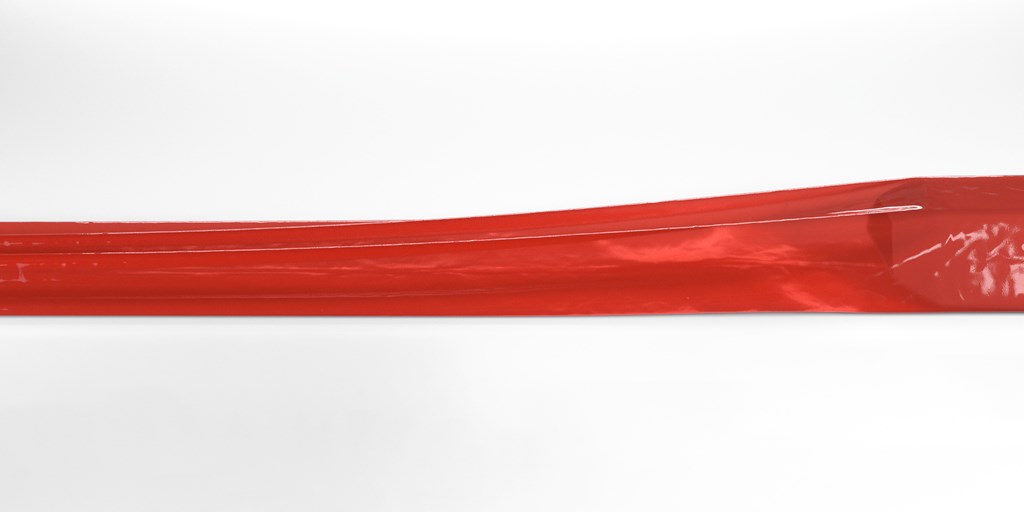Skip the Tape, Go with the Tube
Many industries utilize mandrels, bladders, and other tooling solutions in the production of composite parts. These tools are placed in the lay-up for the composite material to take a particular shape, such as being hollow, having ridges, a circular or oval shape, and so on. However, these tools must be removed from the lay-up after curing. In applications where the product would be smaller, a standard heat-shrinkable release tape might be used. But in industries like aerospace where the resulting product is often long or features numerous tools as part of a single lay-up, FEP tubing is the ideal solution.
Applying and removing FEP tubing is much faster and simpler because the tube sleeves the mandrel or bladder as opposed to hand-taping, which is more time-consuming, leaves the risk of insufficient coverage, and can even be more costly due to having to use more material. The tube is slid over a mandrel or other tooling system and placed in an oven to shrink, or heated with a heat gun to form to the tooling. As heat is applied, the material shrinks and the matrix lay-up can begin. The composite is then cured in an oven or autoclave. When this process is complete, the mandrel or bladder can be easily removed.
Release films such as FEP have been around for some time, but prior to their use, companies using mandrels and bladders in their lay-ups had to hand wrap them with release film/tape, or coat them in a liquid release agent before laying the composite and curing. Doing this required cleaning after curing, which added more time to the process. Additionally, hand-taping release films often resulted in foreign object debris (FOD) contaminants in the product. Dunstone developed FEP tubing to make this process faster and easier as well as to help companies produce cleaner and higher-quality composite solutions.
How FEP Tubing Was Developed
Recognizing the inefficiency that came with hand-taping tooling, Dunstone partnered with aerospace experts — one of the primary industries where large composite products are needed and where a solution would bring significant benefit — to come up with a new way of tackling this production process. Through our partnership, we developed both the FEP tube needed for the process and the equipment to make it.
For example, stringers — part of the shell of an aircraft — are long, typically ridged sections. Hand-taping each mandrel needed to shape a composite stringer would not only be a significant undertaking but also a time-consuming and expensive one. Uniformity would be reduced since multiple bands of release tape would need to be used, and ensuring consistent application would be challenging. And of course, the risk of FOD after curing would be higher, as operators would then have to remove multiple materials, including adhesive tapes used to secure the hand wrapped release film, from the ID of the cured stringers, which presents a high risk of becoming entrapped inside the cured part and are difficult and time-consuming to remove. With FEP tubing, this inefficient method for producing long composite products is completely avoided.
Get the FEP tubing datasheet here.
Why Work with Dunstone for Your FEP Tubing Requirements?
In addition to being an innovative developer of FEP tubing solutions, our line FEP shrink tubing features some advantages that can’t be found anywhere else. For example, our FEP tubing (made of release-film-grade fluorinated ethylene propylene) is exceptionally thin — only 0.050 mm (0.002”) versus competing 0.10 mm (0.004”) options. This ensures the least amount of space possible between the mandrel and the composite, resulting in a far more precise shape. For inflatable tooling like bladders, these thinner walls eliminate distortion, allow for better expansion during curing, and reduce porosity inside of the resulting part.
Dunstone is also one of the only companies worldwide that can produce FEP tubing with a 2-mil-thick wall at large diameters. With competing tubing, walls are typically twice as thick — creating a gap and increasing overall costs. Thicker variants of our FEP tubing are available, and we can produce tubes with outside diameters up to 8.0” based on your application goals.
